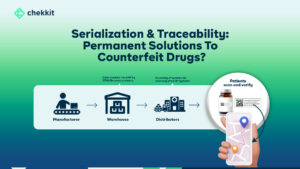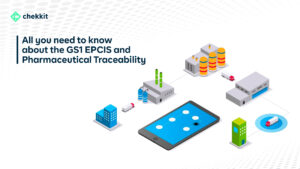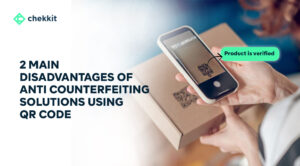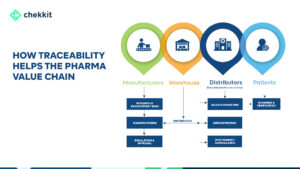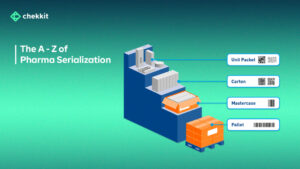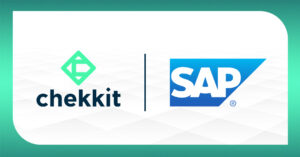One key area where blockchain (or decentralized technology) is being used to improve the pharmaceutical supply chain efficiency is traceability and serialization.
In this article, we will discuss how blockchain technology is revolutionizing traceability and serialization in the pharmaceutical industry to improve supply chain efficiency, enhance patient safety, and reduce the incidence of counterfeit drugs.
What is Traceability & Serialization?
Traceability and serialization are important aspects of the pharmaceutical supply chain. Traceability refers to the ability to trace the movement of a product through the supply chain, from the manufacturer to the patient. Serialization refers to the process of assigning a unique identifier, such as a barcode, to each individual unit of a product. Together, traceability and serialization help to ensure that products are authentic, safe, and can be easily traced in case of a recall.

How's The Blockchain Related To Traceability?
Traditionally, these processes have been managed through centralized systems and databases, controlled by individual companies or third-party organizations. However, these centralized systems can be vulnerable to hacking, data breaches, and errors, and the data they contain is often siloed and inaccessible to other supply chain partners. This can make it difficult to gain a complete and accurate view of the supply chain and can also cause inefficiencies and delays.
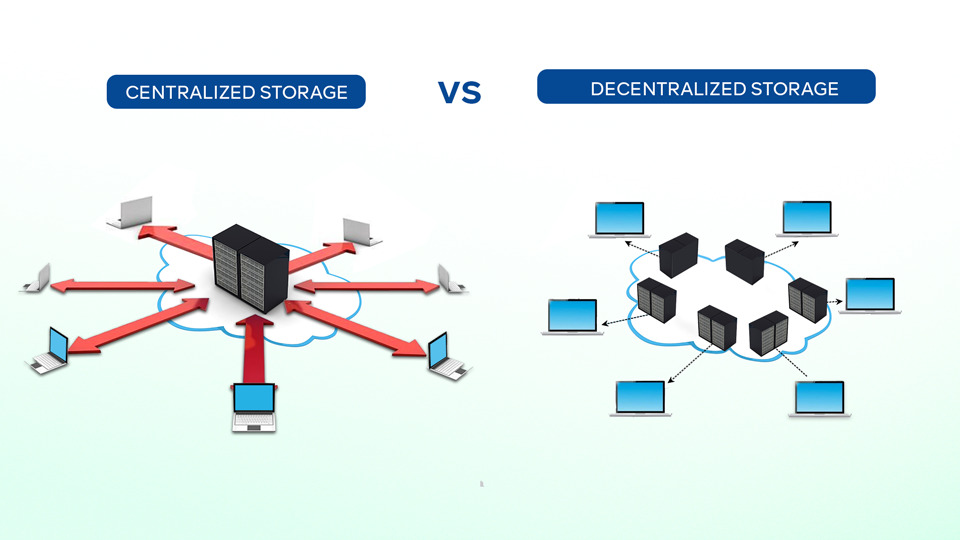
Blockchain technology, on the other hand, is decentralized and distributed, meaning that information is stored on a network of computers, rather than in a single centralized location(s).
What are the Advantages of Blockchain in the Supply Chain Traceability of Medicines
So why would a brand or organization decide to store its traceability data on a decentralized system (blockchain) over a centralized system?
1. The Resilience
First, let’s talk about resilience. In a centralized traceability system, a single point of failure can bring the entire system down. This is like having all your eggs in one basket and then dropping that basket. Ouch!
But in a decentralized traceability system, multiple parties can access and update the information, meaning that if one party experiences a disruption (such as a power outage), the rest of the system can still function. This is like having multiple baskets with eggs, and if one basket falls, you still have eggs in the other baskets. Smart, right?
If a natural disaster occurs for example, a decentralized traceability system would allow hospitals in unaffected areas to access the information they need to continue providing care to patients, while a centralized system might be completely unavailable.
2. The Security
Next, let’s talk about security. In a centralized traceability system, a hacker only needs to gain access to one point in order to compromise the entire system. But in a decentralized traceability system, the information is spread across multiple nodes, making it more difficult for an attacker to compromise the entire system.
For example, if a hacker manages to gain access to one node, they would still need to gain access to multiple other nodes to tamper with the information. This can provide an extra layer of security for sensitive information, such as patient records.
2. The Efficiency
Now, let’s talk about speed. In a centralized traceability system, a single authority controls the flow of information, which can slow down the process of tracking and verifying products. This is like having a post office with only one window and a long line of customers waiting to be served. But in a decentralized traceability system, multiple parties can access and update the information, which can speed up the process of tracking and verifying products. This is like having multiple post office windows and multiple customers being served at the same time. It’s like a drive-thru for information.
- A study by Deloitte showed that using blockchain technology in the pharmaceutical supply chain can reduce the time required to track a product from the original point of manufacture to the point of consumption by up to 50%.
- As you must know, an increase in the speed and efficiency of doing things will usually result in a reduction in costs. Another study by Accenture found that using blockchain technology in the pharmaceutical supply chain can reduce costs by up to 30%.
Can Blockchain Be Used With The Existing Traceability Regulations?
The current standard for pharmaceutical traceability is the GS1 EPCIS (Electronic Product Code Information Services) standard as can be seen in the image below:

The perfect example of how blockchain can align seamlessly with the EPCIS standard is Chekkit’s Pharma Ledger. As a GS1 solution provider, Chekkit’s Traceability software is already fully integrated with the EPCIS repository and capable of securing sensitive product & patient data on the blockchain.
In other instances, IBM has partnered with major pharmaceutical companies such as Walgreens and KPMG to develop a blockchain-based supply chain platform for the tracking of drugs. Another example is the project piloted by Mediledger, which is a blockchain-based traceability system for the pharmaceutical industry.
If you’re a pharmaceutical manufacturer looking to reduce costs and improve the efficiency of your supply chain, consider implementing a traceability system. Our traceability software can help you achieve these goals, and we would be happy to walk you through how the implementation will work.


